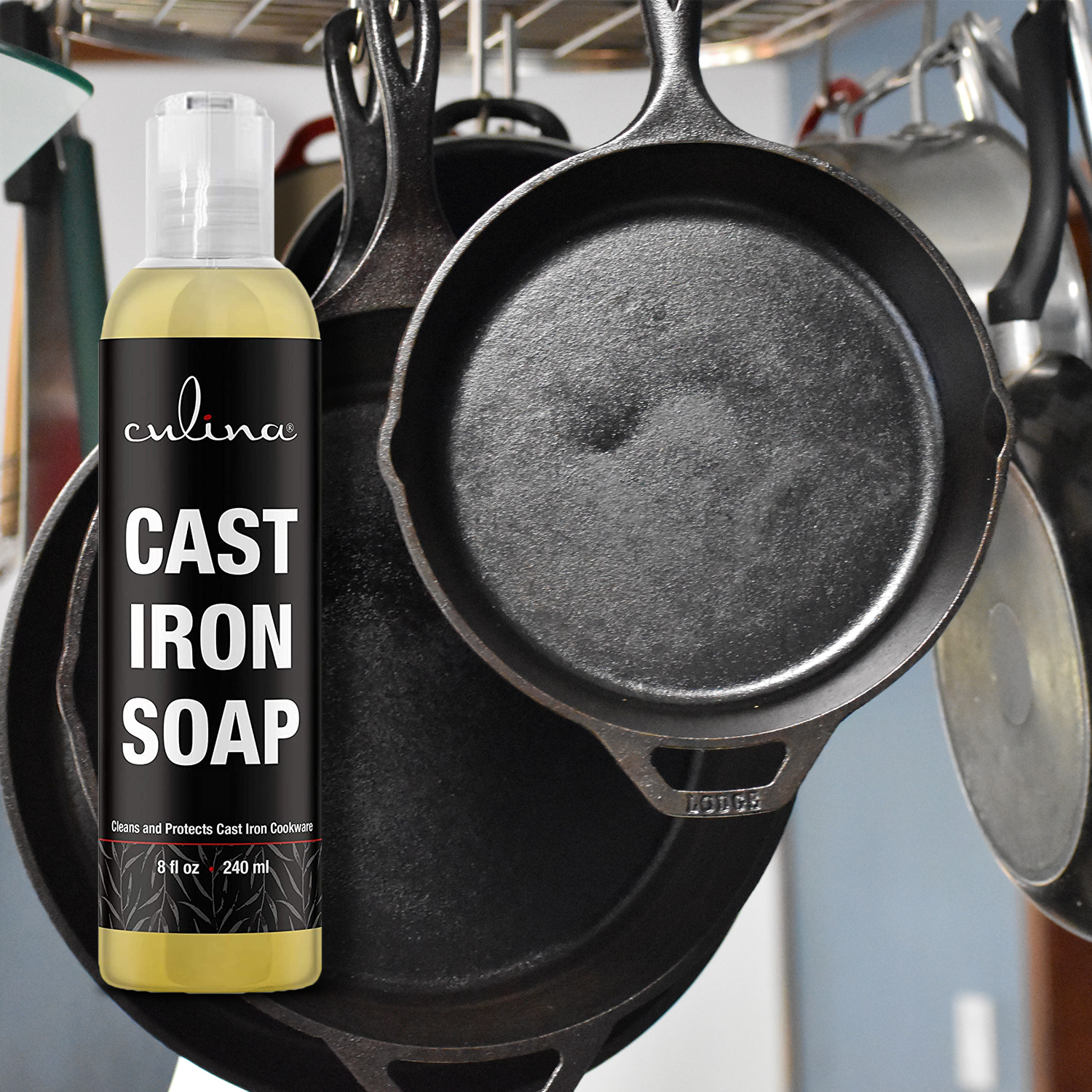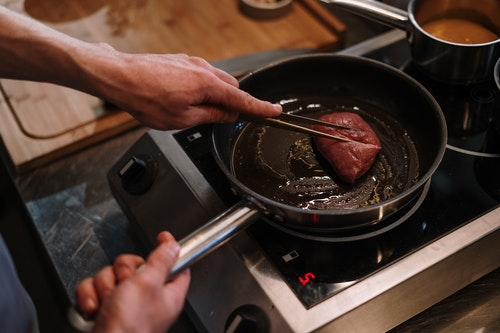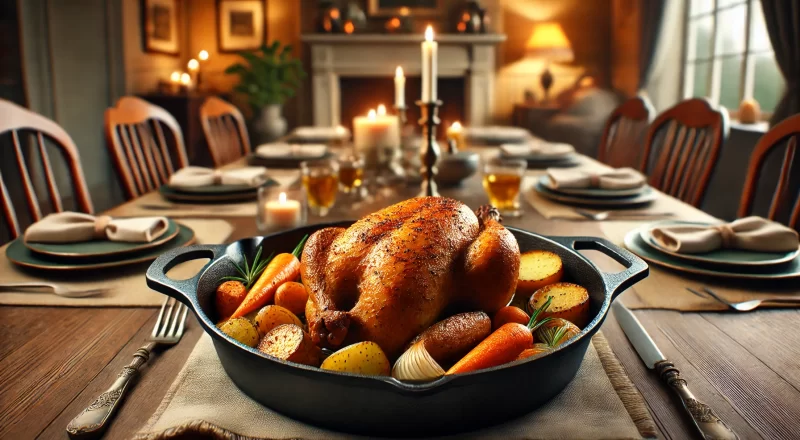Cooking 1 inch pork chops can be incredibly rewarding when done right, especially in a cast iron skillet. This method ensures you get the most tender and juicy pork chops with a crispy, golden-brown exterior. Whether you are a beginner or a seasoned cook, this guide will provide all the necessary tips and techniques to perfect your pork chop cooking skills using a cast iron skillet.

Why Use a Cast Iron Skillet?
Cast iron skillets have been a preferred choice in kitchens for decades. There are several reasons why they are excellent for cooking pork chops:
- Heat Retention: Cast iron skillets retain heat exceptionally well, allowing for an even cooking temperature, which is crucial for pork chops.
- Flavor Enhancement: The iron surface can add a distinctive, delicious flavor to the meat.
- Durability: A well-maintained cast iron skillet can last for generations, becoming a treasured kitchen tool.
To learn more about the benefits of cast iron cookware, check out our articles on Best Cast Iron Cookware and How to Clean a Cast Iron Skillet.

Choosing the Right Pork Chop
The first step in cooking perfect pork chops is selecting the right cut. For this method, a 1-inch thick pork chop is ideal. Here is what to look for:
- Bone-In or Boneless: Bone-in pork chops often offer more flavor, but boneless chops are easier to handle and cook evenly.
- Marbling: Look for pork chops with good marbling (fat distribution) as this will enhance the flavor and tenderness.
- Freshness: Ensure that the pork chops are fresh. Fresh meat often cooks better and tastes superior.

Preparation Before Cooking
Before you start cooking, there are a few essential preparation steps:
1. Bringing Pork Chops to Room Temperature
Remove the pork chops from the refrigerator at least 30 minutes before cooking. This ensures even cooking.
2. Seasoning
Season the pork chops generously with salt and pepper. You can also add other herbs and spices like garlic powder, thyme, and rosemary for extra flavor.

Cooking Steps
1. Preheating the Cast Iron Skillet
Place the cast iron skillet on the stove and heat it over medium-high heat for about 5 minutes. A properly preheated skillet is essential for achieving a good sear.
2. Adding Oil
Add a tablespoon of oil with a high smoke point like vegetable oil or canola oil. Allow the oil to heat up until it starts to shimmer.
3. Searing the Pork Chops
Place the pork chops in the skillet and sear them for about 3-4 minutes on each side without moving them. This helps create a crispy, golden-brown crust.
4. Reducing the Heat
Once both sides are seared, reduce the heat to medium-low. Continue cooking the pork chops, flipping occasionally, until they reach an internal temperature of 145F (63C).
Resting the Pork Chops
After cooking, remove the pork chops from the skillet and let them rest on a plate for about 5 minutes. This allows the juices to redistribute within the meat, making it more tender and juicy.
Serving Suggestions
Pork chops cooked in a cast iron skillet pair well with various side dishes such as mashed potatoes, steamed vegetables, or a fresh salad.
Troubleshooting Common Issues
Undercooked Meat: If your pork chops are still raw in the center, you can finish cooking them in the oven set at 350F for a few minutes.
Overcooked Meat: Overcooked pork can become very dry. Ensure not to overcook by monitoring the internal temperature closely.
Cleaning and Maintaining Your Cast Iron Skillet
Proper care of your cast iron skillet is crucial for maintaining its non-stick surface and longevity. Always clean your skillet after each use. Check out our detailed guide on Cleaning Cast Iron Skillet With Burnt-On.
FAQ Section
1. Can I use other oils instead of vegetable or canola oil?
Yes, you can use oils like avocado oil or grapeseed oil, which also have high smoke points.
2. How can I make my pork chops extra flavorful?
Marinating the pork chops for a few hours before cooking can enhance their flavor significantly.
3. Is it better to cook pork chops with the lid on or off?
Cooking with the lid off allows for better searing. If you need to finish the cooking process in the oven, you can cover it with foil.
For inspiration on other meals you can prepare in your cast iron skillet, visit this external guide.
As an Amazon Associate, I earn from qualifying purchases.

